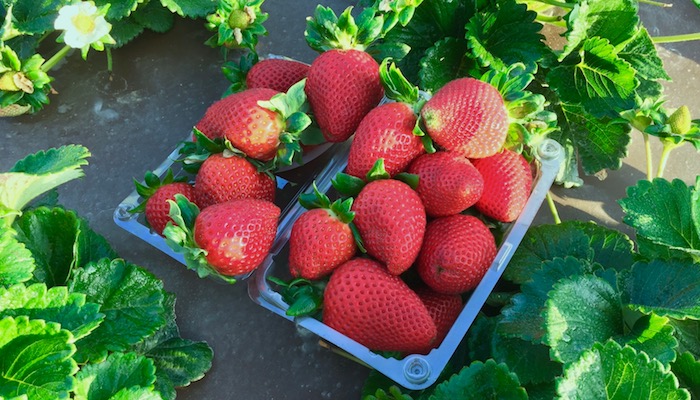
The University of California, Davis, and PLC Multipoint, developer of photosensors and associated controls, have signed a licensing agreement to commercialize technology that reduces the cost and increases the reliability of daylight harvesting systems — an approach that reduces energy consumption by automatically adjusting lighting intensity in response to available daylight.
The patented technology offers improved light detection through customizable angular response, dual-loop detection and continuous self-calibration that automatically accounts for changes in the space. The system is composed of a microcontroller, two photosensors, an optional occupancy sensor and optional user controls. These components can be integrated into a single unit or combined through wired or wireless communications for a variety of products and systems.
The agreement covers three U.S. patents (7781713, 7683301, and 7592583) for technologies developed by the California Lighting Technology Center (CLTC) at UC Davis. The work leading to the inventions was supported by the Public Interest Energy Research program of the California Energy Commission. The licensing strategy for the technology allows for four co-exclusive licenses, two of which remain available.
“We are very excited to partner with PLC Multipoint for the development of commercial photosensing approaches that improve reliability and cost effectiveness in daylight harvesting applications,” said Dr. Konstantinos Papamichael, professor in the Department of Design and co-director of CLTC.
CLTC chose to bring this technology to market with PLC Multipoint, in part due to its leadership in photosensor design and manufacturing.
“We are thrilled to have the opportunity to partner with UC Davis in bringing to market exciting new sensor technology,” said Joe Briscoe, product manager for PLC Multipoint. “We believe this will continue to improve the cost and efficiency of daylight harvesting.” The company plans to utilize the technology to support the development of a new generation of lighting control sensors.
“CLTC is at the forefront of innovation in sustainable and energy efficient lighting design and technology development,” said Dushyant Pathak, associate vice chancellor of Technology Management and Corporate Relations and executive director of Venture Catalyst at UC Davis. “Its partnership with PLC Multipoint, embodied within the licensing arrangement enabled by the InnovationAccess team, represents one of the many ways in which CLTC enables our industry stakeholders for broad societal benefit.”
For more information about the technology and available licenses, please visit the InnovationAccess website: https://techtransfer.universityofcalifornia.edu/NCD/22662.html
About the California Lighting Technology Center at UC Davis
The California Lighting Technology Center is a not-for-profit research, development and demonstration facility dedicated to accelerating the development and commercialization of next-generation, energy-efficient lighting and daylighting technologies. The center includes full-scale laboratories for research and development, as well as prototyping and product testing.
About UC Davis InnovationAccess
InnovationAccess is one of three units within the Technology Management and Corporate Relations division of the UC Davis Office of Research. It actively manages a patent portfolio of more than 1,380 inventions and 250 patents, reflecting the diversity of the campus’ research and technology innovation, and seeks opportunities to commercialize these via licensing, with more than 664 active licenses (including plant and utility licenses). InnovationAccess also supports licensing to enable startup companies emerging from university research.
About PLC Multipoint
For more than 25 years, PLC Multipoint has developed and produced lighting sensors and custom control solutions. In 2010, the company began manufacturing off-the-shelf lighting control systems, featuring sensor technology with daylight harvesting capabilities. All of its products are manufactured in a production facility located in Everett, Washington. The company serves its broad base of customers through four separate business divisions — PLC Buildings Lighting Control Systems, PLC Sensors Control Devices, PLC Transportation Control Systems and PLC Industrials Custom Systems.





